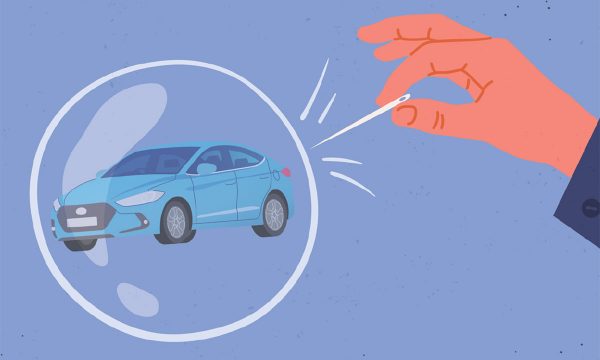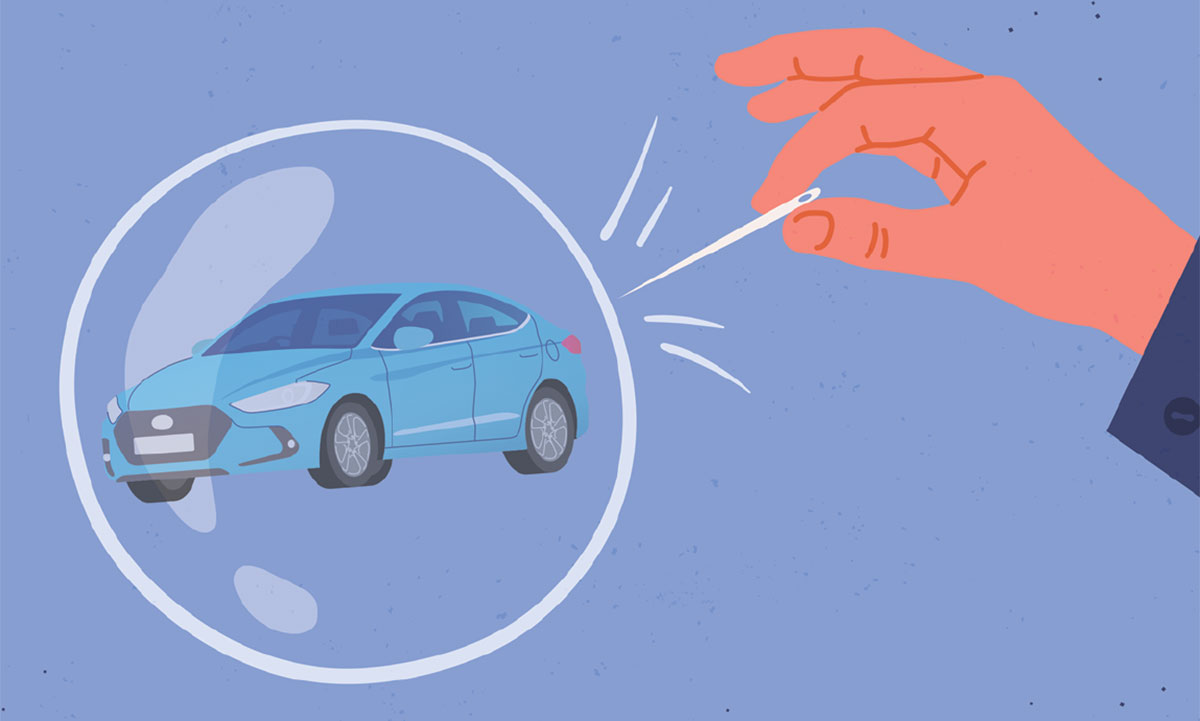
The game has changed, and dealers need to adapt their approaches to the new market realities
During the inventory shortages of the pandemic, the sun was shining on used car operations in dealerships and they were certainly making hay. We remember fondly both how easy it was to sell anything you had in stock and the record profits that came along with it. Aged inventory was feeling like a thing of the past.
It’s a new day now. The sun is setting on the pandemic and its inventory shortages and now we’re left with a whole new landscape.
For the most part used car operations in dealerships have traditionally skewed more towards the non-prime customer and there are many reasons for this. Not the least of which is often lender availability, with some stores only having access to primarily near and non-prime lenders.
Then there’s traffic management with many used car dealers relying on 3rd party lead sources to generate their customers. Over time this combination gave rise to the establishment of the credit centres that we have come to know today.
The question is whether this model is still going to work for us tomorrow.
We can’t talk about what has changed without starting with lenders. First, there are fewer of them. Citing higher delinquency rates, and with almost no notice, BMO closed its indirect retail auto finance business in September 2023. Many non-prime lenders have also or are in the process of leaving the market.
Of those who remain, buying has changed. Discretionary decision making is becoming a thing of the past with many moving towards AI rendered decisions. For at least two major banks, if the computer auto-declines the application, it’s not eligible for review, even if all the analysts agree the computer seems to have gotten it wrong.
Rate breaks and term stretches were all but assumed in the past and deals were closed in anticipation of receiving them. Today, those too have become subject to rules. In many cases it’s not only that you can only have one or the other but the customer has to qualify to be eligible for any exceptions.
Vehicles purchased over the last couple of years were bought at the top of the market and now that market prices have seen a correction customers are coming through our doors with higher levels of negative equity.
Negative equity on deals has always been a challenge, however these numbers are skyrocketing post pandemic. The reason for that is simple. Vehicles purchased over the last couple of years were bought at the top of the market and now that market prices have seen a correction customers are coming through our doors with higher levels of negative equity.
The bottom line is that these changes are making it harder for credit centres to continue to be a profitable model. The used car stores who want to thrive in these headwinds are going to have to adjust their sails.
This means a change in process for a lot of stores. Adapting to this evolving landscape is going to require used car dealers to rethink their approach of selling cars from a model heavily reliant on credit sales to one that equally serves car shoppers.
This evolution involves integrating an OEM like process that focuses on needs analysis, walk-arounds and payment presentations rather than prebuild payment calls centered around vehicle financing and product packages.
This shift also demands a fresh approach to vehicle merchandising, especially online pricing, marking a change in how many credit centres advertise their vehicles online. Clear pricing at market value, along with detailed vehicle images are now crucial for attracting a wider audience and fostering trust, offering a straightforward and satisfying buying experience that aligns with current consumer habits.
As we look ahead it’s important to acknowledge the challenges on this path. In some stores, it would require a lot of change where the industry is often resistant to change. In some cases it requires an investment of training historically high performing staff to adapt new processes. None of that is easy but very little worth doing is easy.
As the industry continues to navigate through the post-pandemic recovery, embracing this shift could be the key to unlocking new paths of profitability and customer satisfaction for used car dealerships.















